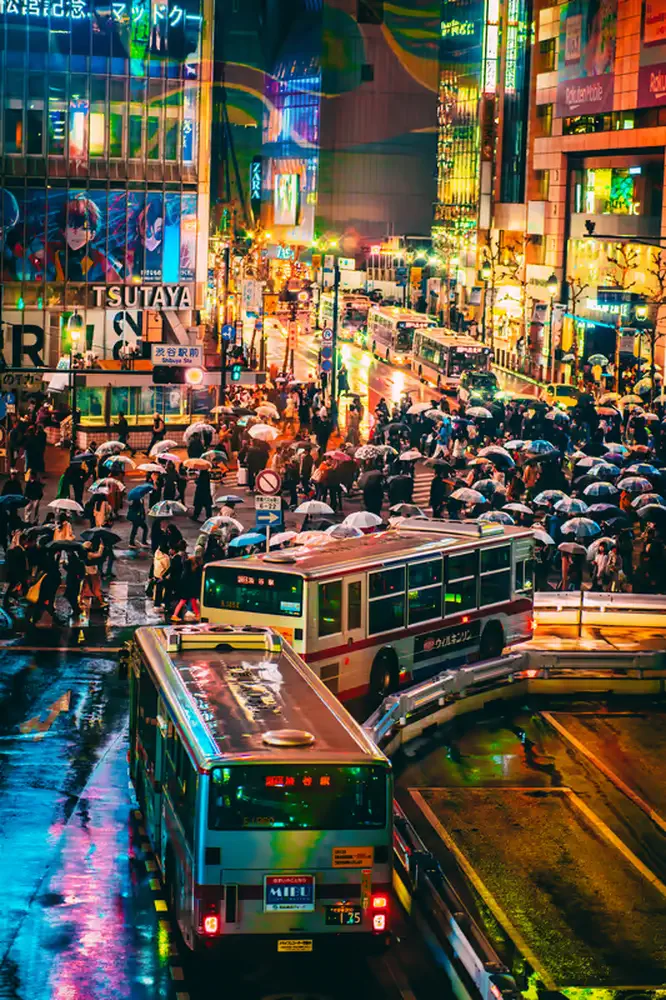
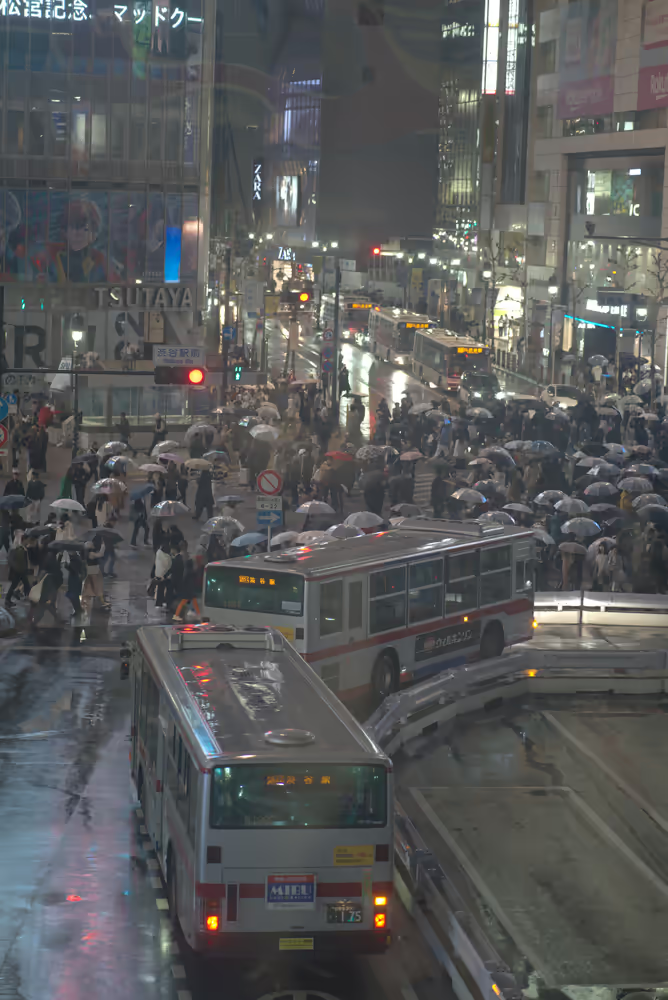
Photography isn’t just about capturing a moment—it’s about shaping it. A photo is never truly “original” because cameras don’t see the world like we do. They don’t interpret light, emotion, or depth the way our eyes do.
There is No “unedited” Photo
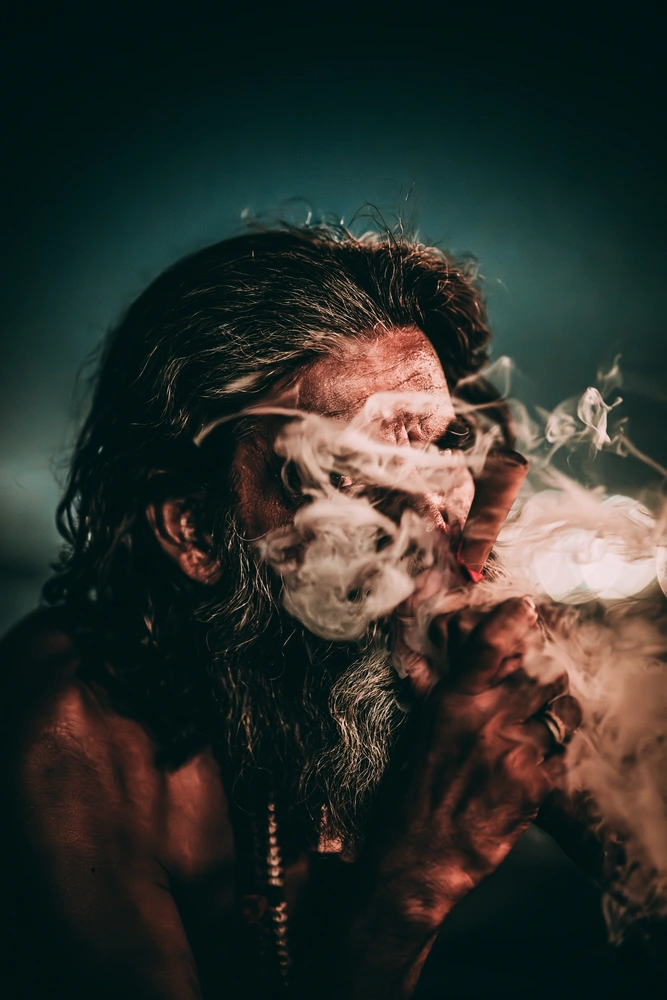
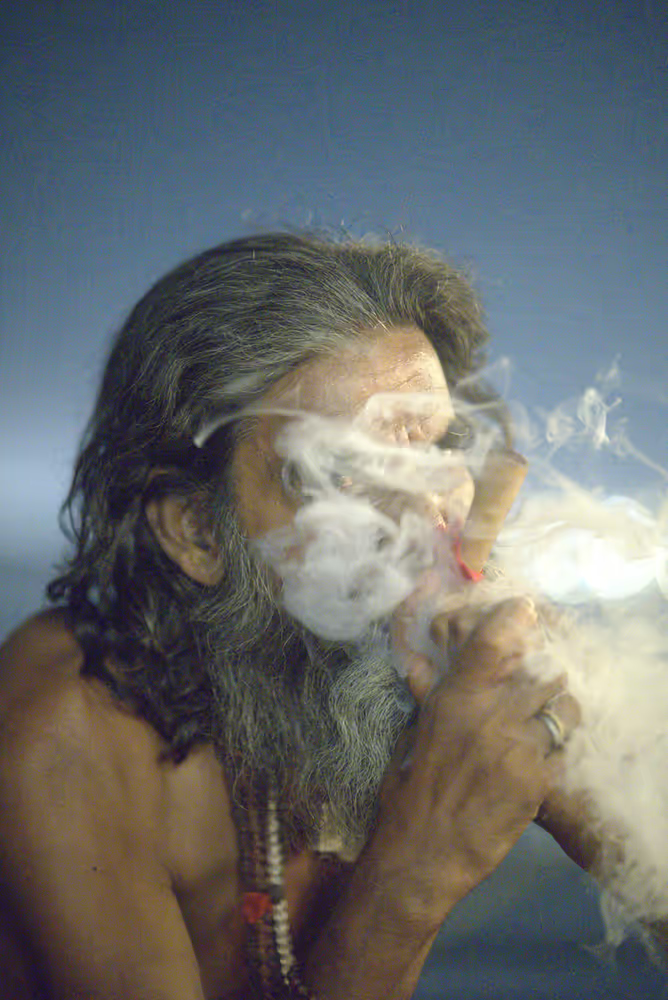
Editing is where the photographer takes back control. It’s not about faking reality—it’s about revealing it. Some images need deep contrast for drama, others benefit from soft, muted tones. I’ve refined my editing over the years, but color grading is still a challenge—finding the perfect balance between realism and artistic vision. One is allowed to make panoramas and to make areas darker or more colorful.
These are some before and after photos to show what editing can accomplish – including the use of panoramas.
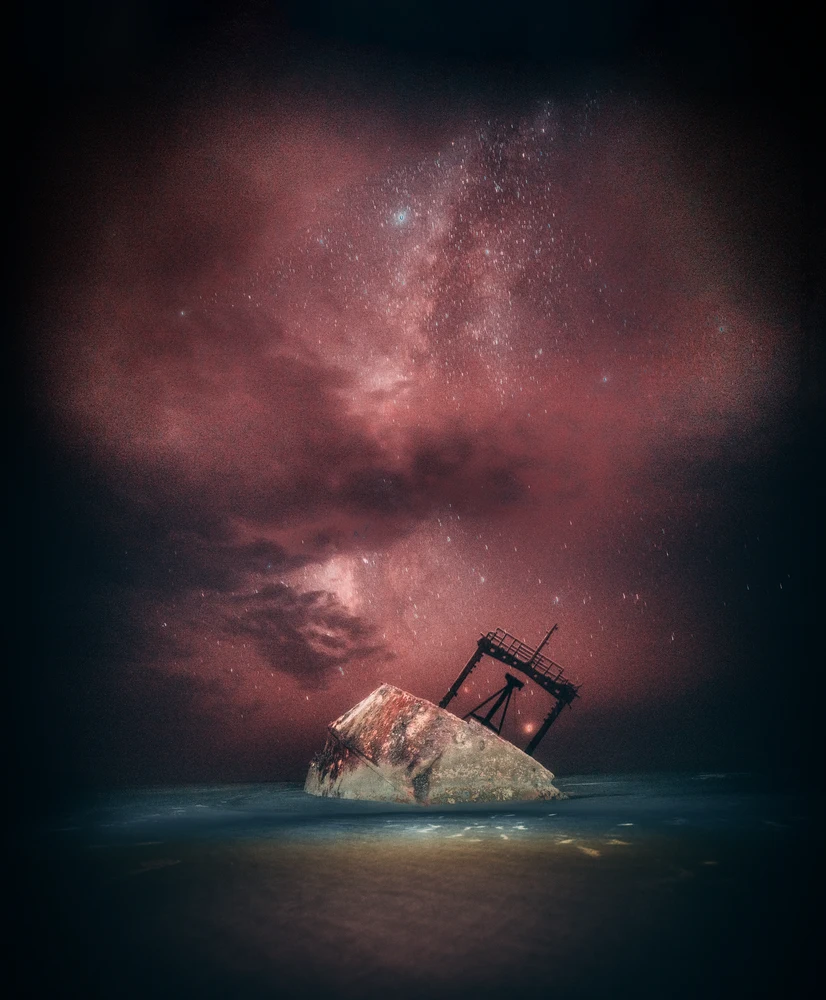
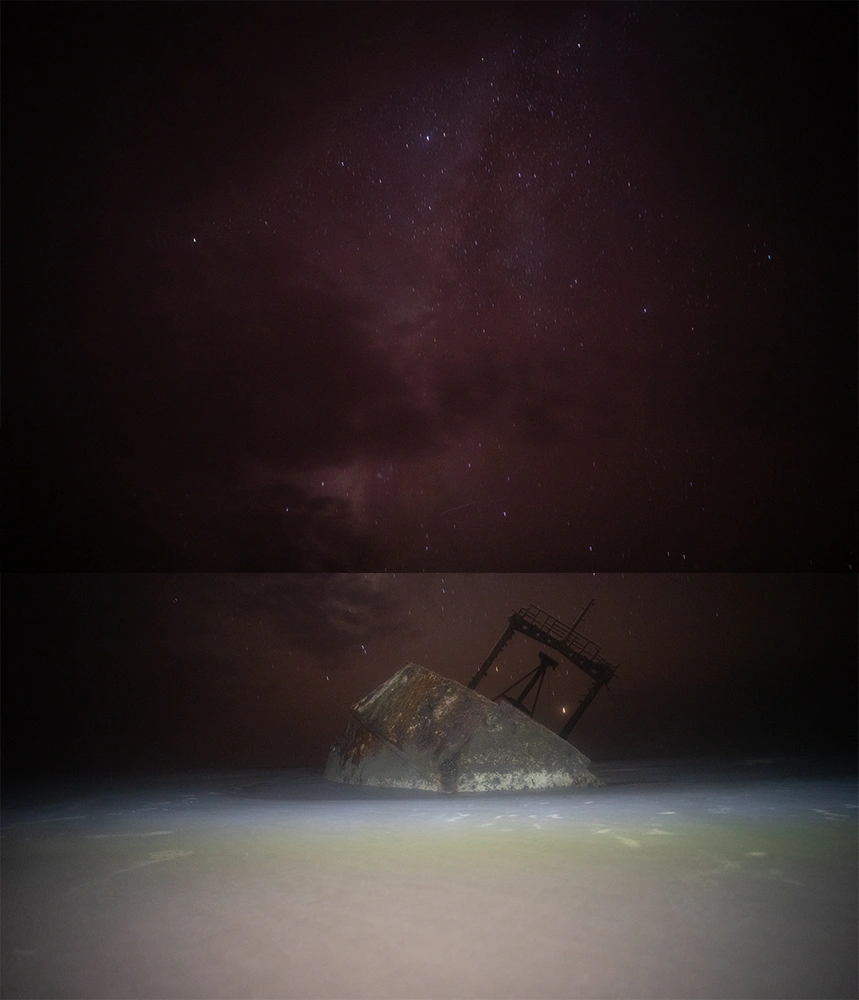
RAW vs. JPEG: What Your Camera Isn’t Telling You
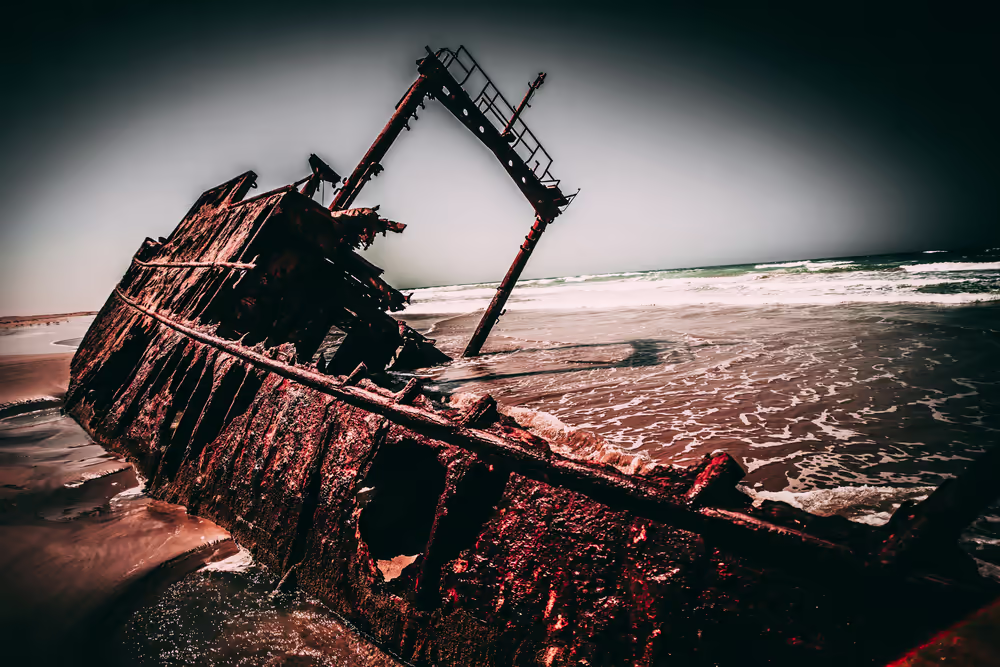

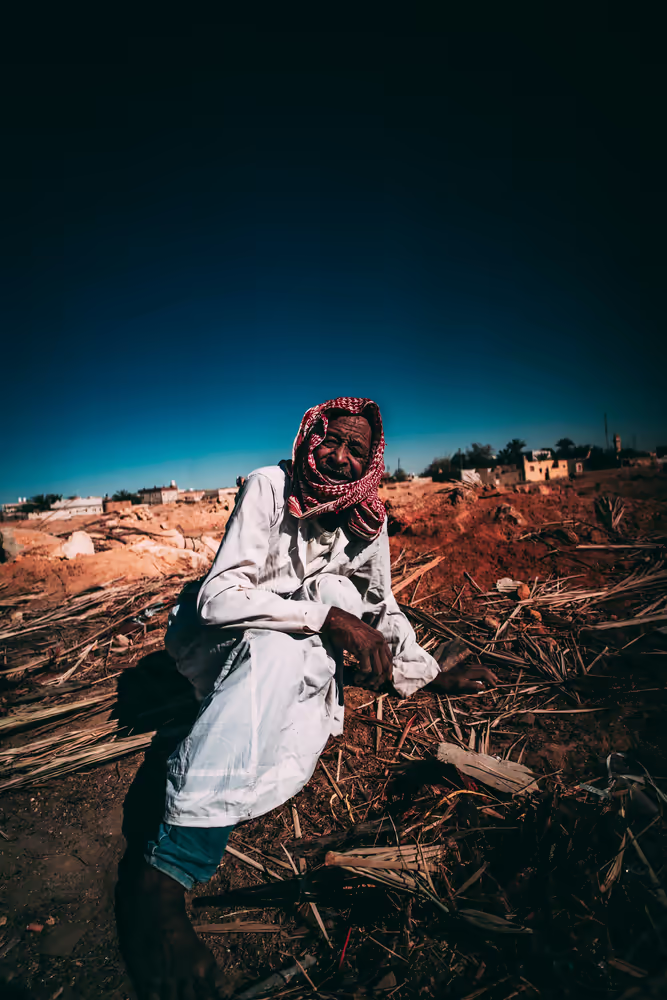
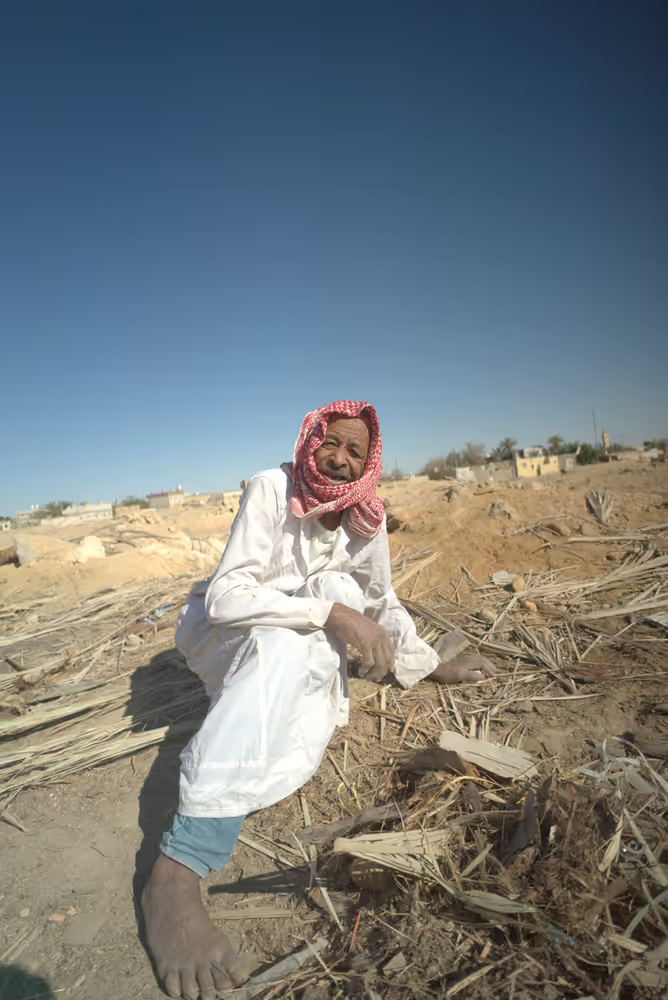
A RAW image is just sensor data—light values hitting a digital chip. If you shoot in JPEG, your camera automatically edits the image for you, adjusting sharpness, contrast, and color. So if you think editing is “cheating,” remember: if you don’t edit your photos, your camera is doing it for you.
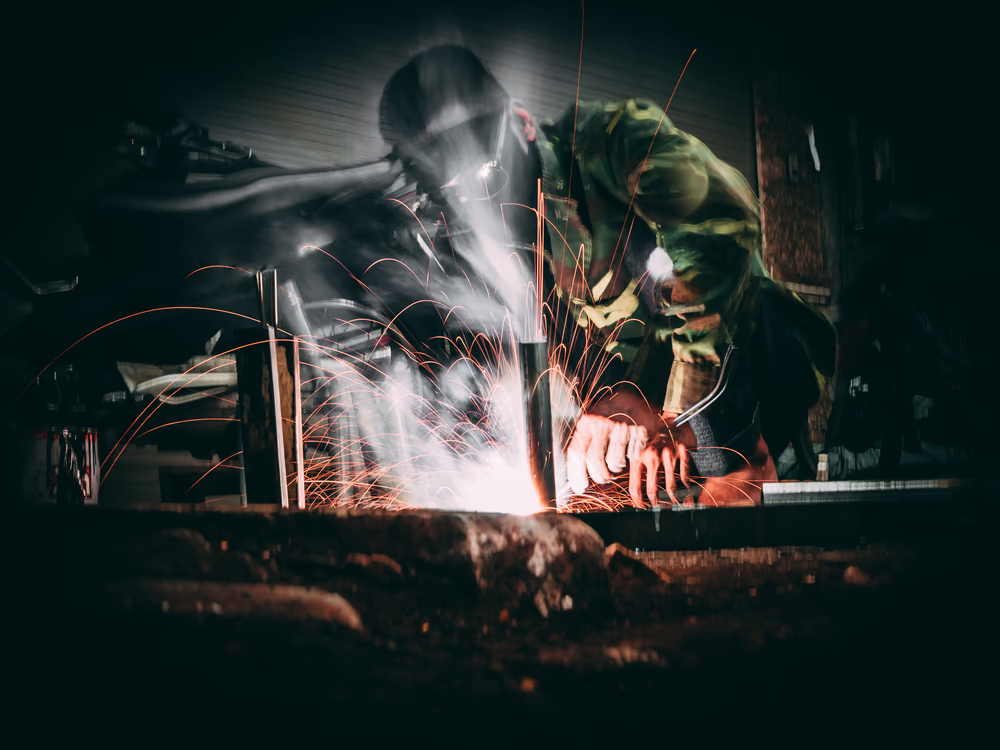
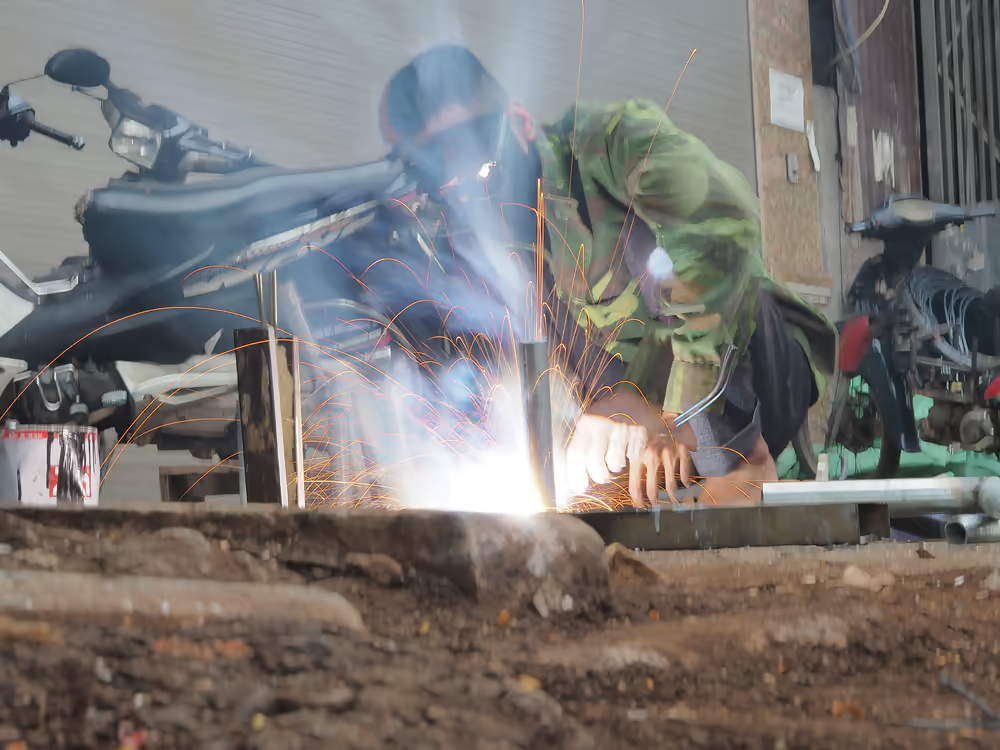
Photo Editing is an Art Form
Through careful adjustments, details emerge, colors come alive, and an image transforms into what the moment truly felt like.
Editing Isn’t Lying—It’s Seeing More Clearly
Some argue that photo editing distorts reality. I’d argue that a camera’s sensor doesn’t capture reality in the first place.Our minds remember scenes as emotions, not just pixels. Editing helps bridge that gap—turning data into feeling.
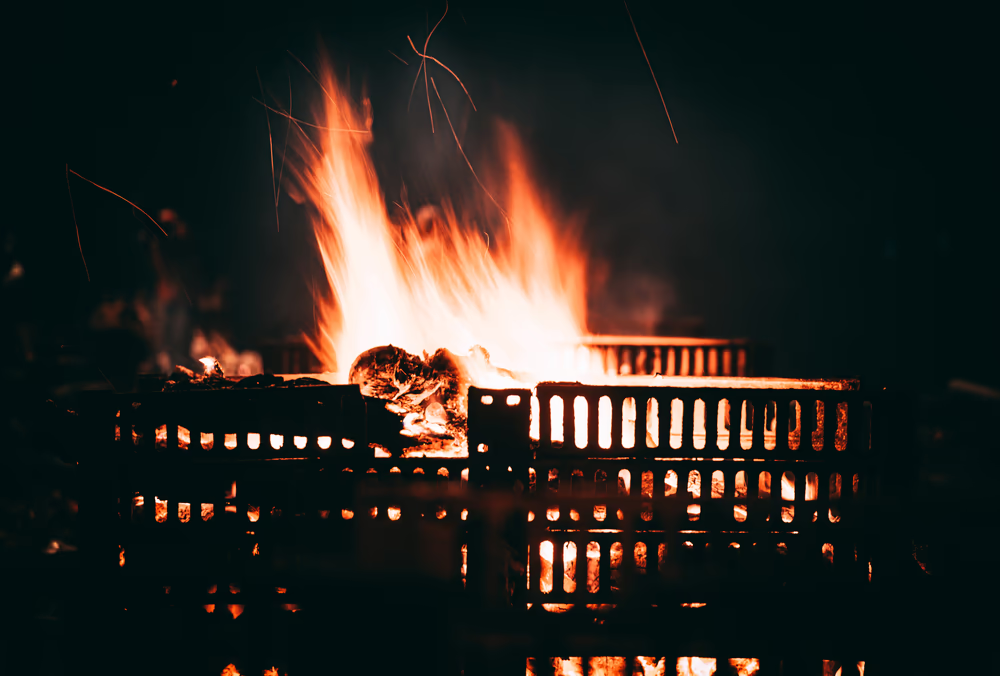
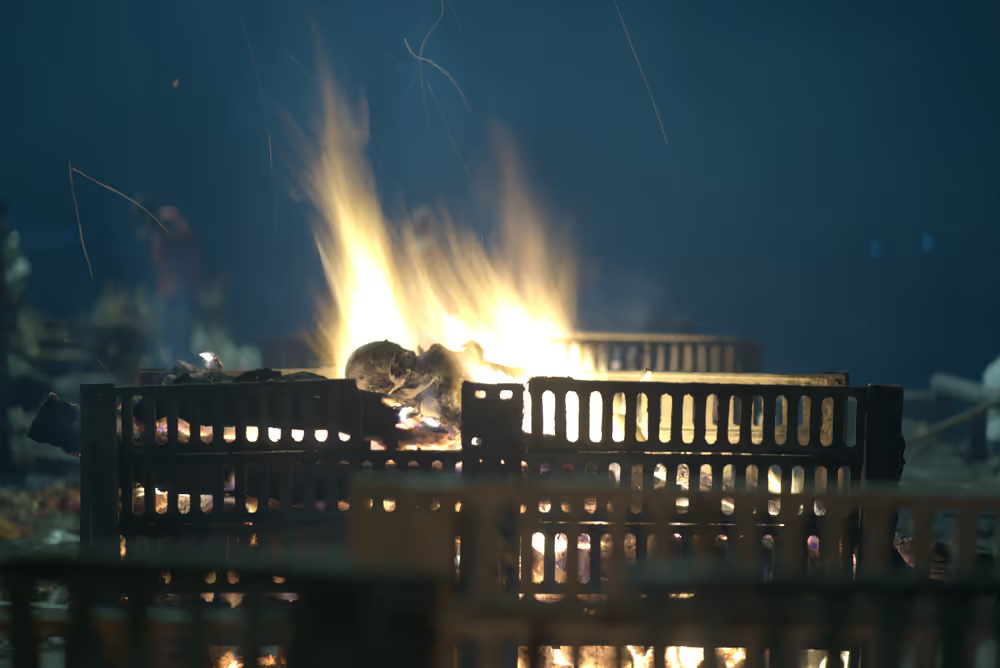
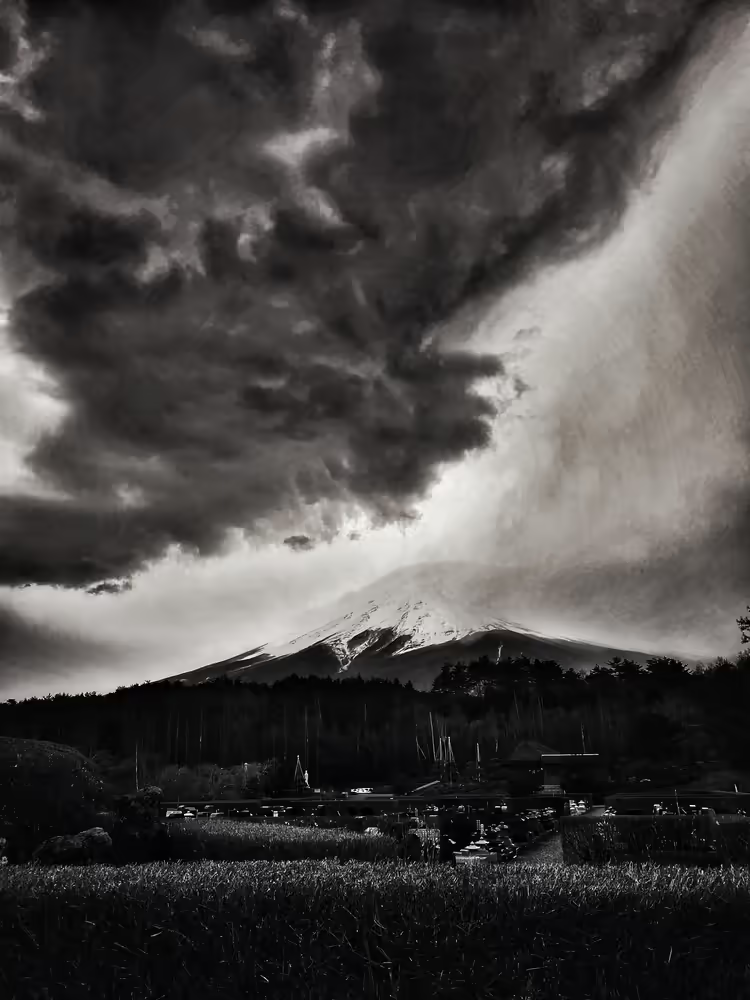
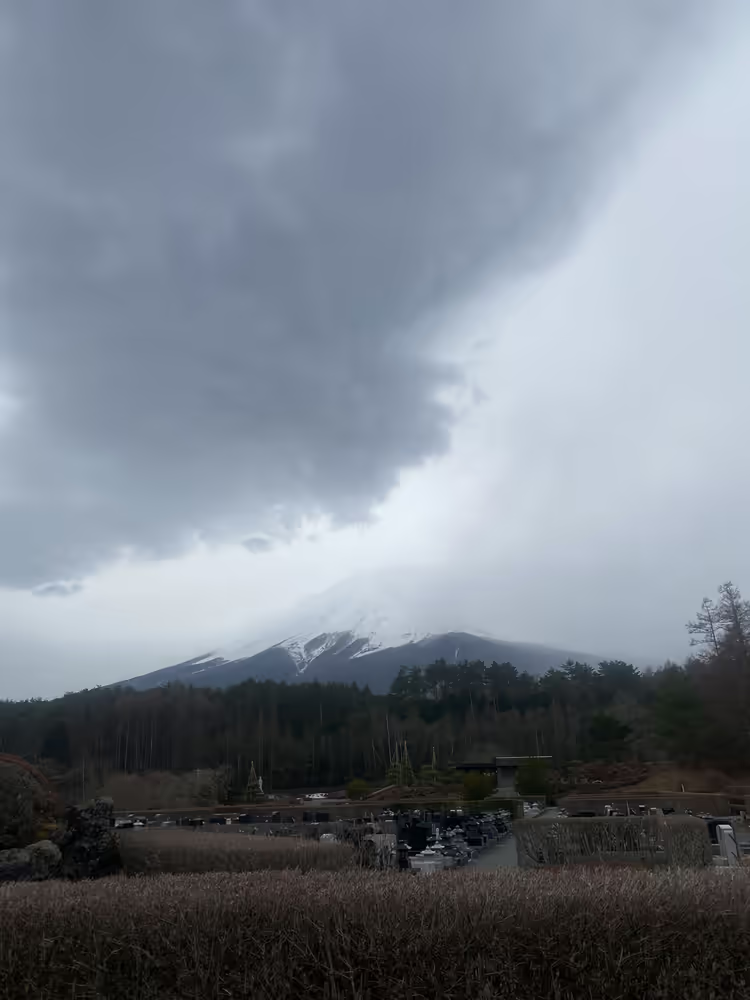
In the end, photo editing isn’t about faking reality—it’s about revealing what the camera couldn’t see.